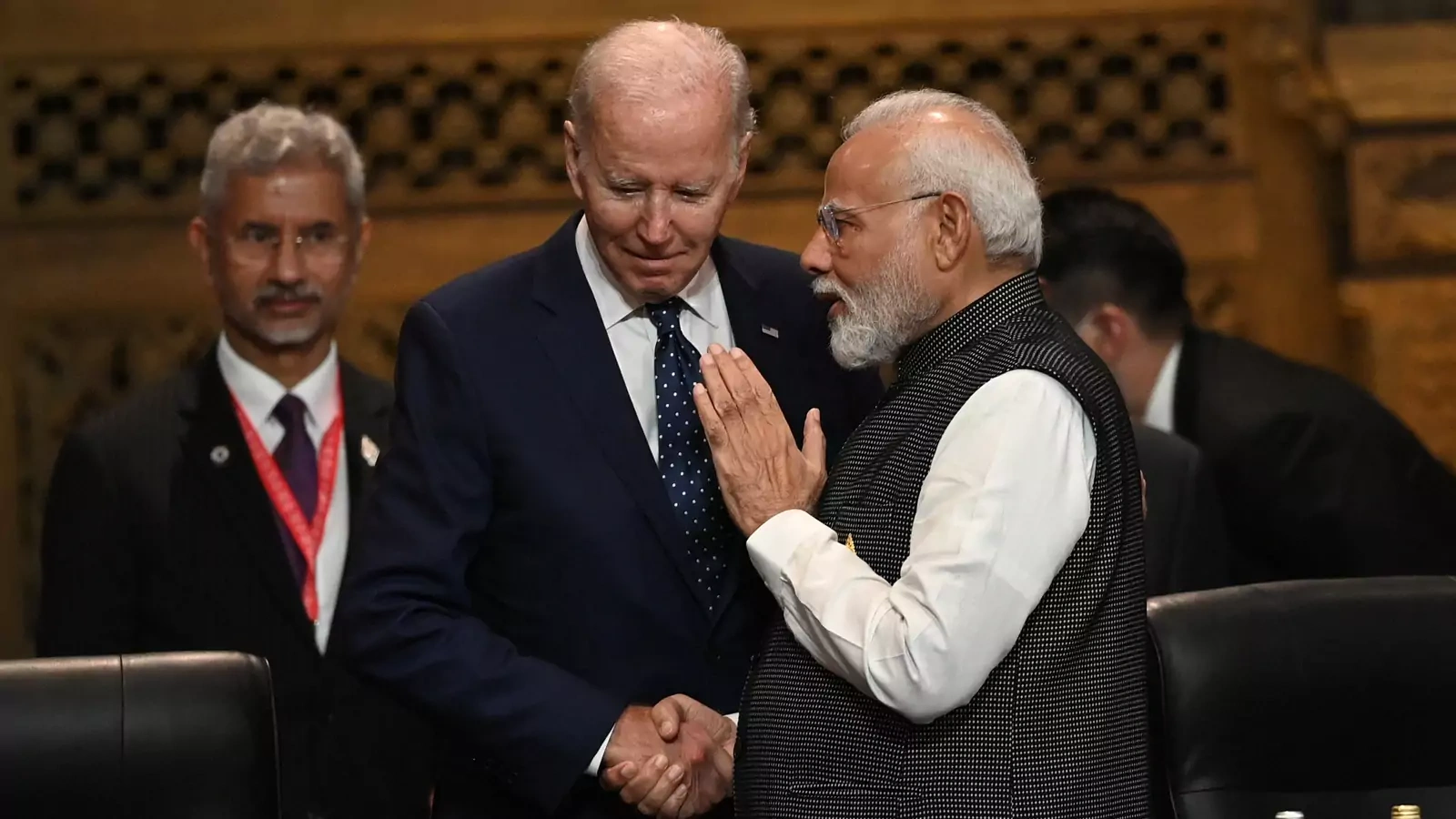Boosting Trade, the Key to Stronger Indo-U.S. Ties

The U.S. and India both benefit from an effective bilateral partnership that can stand as a bulwark against threats from China and Russia. Establishing solid trade mechanisms is necessary to solidify the foundation of the U.S.-India partnership.
Originally published at Hindustan Times
December 19, 2022 4:09 pm (EST)

- Article
- Current political and economic issues succinctly explained.
In a speech delivered at Microsoft in New Delhi in November, United States (US) treasury secretary Janet Yellen called for a deepening of US-India ties and emphasised the importance of “friendshoring” between the world’s two largest democracies. She identified climate, digital trade, and development as areas ripe for cooperation. The subtext was clear: The US-India bilateral trade agenda is not where it should be. In fact, the US-India trade relationship has been strained for quite some time but this is sometimes cloaked by the advances in security cooperation. The US is often frustrated by India’s protectionist trade policies. India, for its part, perceives the US as insufficiently accommodating of its developing country status. If the US-India partnership is truly to serve as a bulwark against growing geopolitical threats from China and Russia and other geoeconomic disruptions, then the security and economic pillars of the relationship need to be strengthened in tandem.
Where can they start? New and existing trade institutions offer potential avenues for strengthening cooperation. The US-India Trade Policy Forum (TPF) — which lay dormant for four years until a relaunch in 2021 that was again postponed — should become the primary focus for trade discussions. Bilateral trade hit a record $157 billion in two-way goods and services trade in 2021, and the US is now the top destination for India’s merchandise exports. India, however, makes up only about 2% of the US’s total merchandise trade, due in no small part to Indian policies that shield domestic industry from foreign competition. These include regulatory barriers and restrictions on foreign direct investment (FDI), where the US has long-held concerns about intellectual property rights and data localisation. TPF should encourage both trade and FDI. Some steps have already been taken but these were largely low-hanging fruit. In 2021, both sides improved agricultural market access through TPF for select products, but a product-by-product approach yields limited economic benefits. More substantive deals to improve trade facilitation and expand market access need to be reached. For example, India is a critical link in global supply chains, particularly in pharmaceuticals, which faced significant obstacles throughout the Covid-19 pandemic. India agreeing to reduce regulatory trade barriers in return for the US expediting FDA inspections will help enhance supply chain resilience in this sector and increase pharmaceutical trade.
More on:
Trade discussions don’t need to stop there, however. Both trading partners can also further strengthen supply chains and discuss setting standards and norms through the Indo-Pacific Economic Framework, where India is participating alongside 13 other countries. Negotiations on digital trade — a sector which contributed $35 billion to the Indian economy in 2019 — are advancing at the World Trade Organization. The US should encourage India to join these talks to support its dynamic tech sector. If India remains outside such discussions, it will miss the chance to have a voice in shaping future rules in this space and bridging the gap in regulatory approaches.
India has taken over the G20 presidency, giving it an opportunity to push for coordination on climate initiatives and expanded trade in environmental goods and services. This can enhance India’s access to cutting-edge environmental services, which could be particularly beneficial in tackling pollution, water quality, and waste management. In turn, US leadership of the Asia-Pacific Economic Cooperation could support G20 efforts.
Outside of trade institutions, there are actions the United States and India could take to reduce tensions. For instance, the US Congress should move quickly to renew the Generalized System of Preferences (GSP) program, which provides duty-free access for thousands of developing country goods exports. India was removed from GSP by the Donald Trump administration in 2019 for failing to meet the eligibility criteria and the programme itself expired in 2020. The Joe Biden administration should urge Congress to renew GSP, restore India’s access, and make the eligibility criteria less onerous. As a sign of its commitment to “friendshoring” Biden should also lift all Section 232 tariffs on steel and aluminium that the Trump administration had imposed and ask TPF to take up discussions on monitoring the steel and aluminium supply chains. In turn, India should consider allowing a significant percentage of US goods duty-free market access, or lower the highest tariffs on US exports to India. India could also use the recently concluded talks with Australia and ongoing negotiations with the United Kingdom and the European Union to lay the groundwork for a future bilateral free trade agreement with the US.
Without solid trade mechanisms in place as anchors, the foundation of the US-India partnership will remain brittle. A frangible bilateral partnership is neither an effective deterrent to revisionist countries nor conducive to shoring up the rules-based order — facts which both countries would do well to remember.
More on:
 Online Store
Online Store
